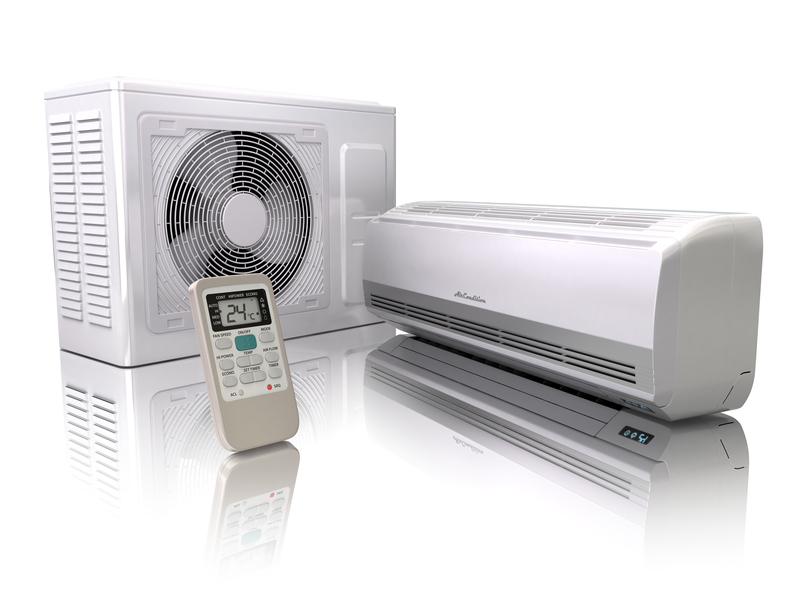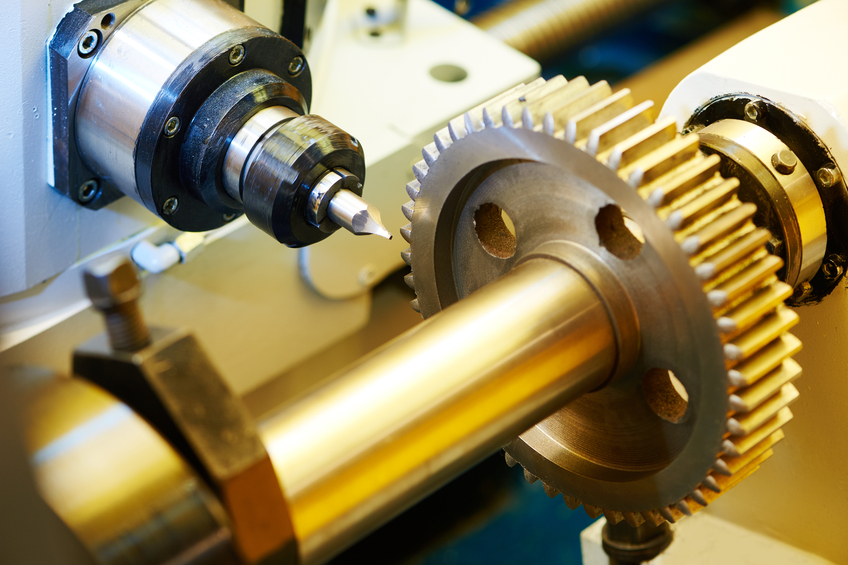HVAC Fundamentals 15 PDH Discount Package
HVAC Space Heating Systems (M06-025)
Flow Measurement in Pipes and Ducts (M04-040)

This online engineering PDH course contains a compilation of almost 1000 bits and pieces of HVAC terminology, definitions and/or descriptions that will help resolve ambiguities in common usage of terms in normal interactions of people, infrastructure and environment. The compilation is arranged in an alphabetical order for easy referencing. The detailed description can be traced in handbooks and the web sites. This course document is a constant work in progress and your feedback is always welcome in an effort to continually update it.
This 5 PDH online course is aimed at mechanical, electrical, controls and HVAC engineers, architects, building designers, contractors, estimators, energy auditors and facility managers and other professionals who plan, design, construct, manage and use the building services infrastructure.
This PE continuing education course is intended to provide you with the knowledge of the common HVAC terminology related to:
- System design
- Equipment selection
- Indoor air quality
- Controls interface
- Electrical interface
- Health & safety
- Service functions
- Maintenance aspects
- Contracts management
- Equipment Installation
- Equipment commissioning
- Equipment start-up
In this professional engineering CEU course, you need to review the document titled "Description of Useful HVAC Terms".
Upon successful completion of the quiz, print your Certificate of Completion instantly. (Note: if you are paying by check or money order, you will be able to print it after we receive your payment.) For your convenience, we will also email it to you. Please note that you can log in to your account at any time to access and print your Certificate of Completion.

In this online engineering PDH course we will discuss various active heating options and design considerations for the best fit strategy. We will categorize heating systems in several ways. First we will consider where the primary energy comes from. Then we will ompare the various options and discuss the variety of ways used to deliver heat within the space. Finally, we will discuss some general guidelines on the energy conservation and application strategies for various buildings.
There are almost endless variations and combinations of space heating systems, each having its strengths and limitations. There are two different but related values of interest to the heating system designer: First, to provide comfort and second, to properly select and size the appropriate heating equipment. This requires estimating the annual energy requirements and then analyzing the operating dollar expenses on prevailing fuel costs. Note that the fuel price alone is not the sole measure for selecting a heating system. The broad comparisons on the choice of a heating system is based on various system characteristics such as equipment costs, equipment efficiency, fuel source availability, required system capacity, fuel energy content in millions Btu per unit, environmental impact and heat response or recovery.
This 6 PDH online course is applicable to mechanical and HVAC engineers, architects, building designers, health and safety engineers, energy auditors, occupational physicians, industrial hygienists, facility managers and general audience working with space heat systems.
This PE continuing education course is intended to provide you with the following specific knowledge and skills:
- Understanding how heat loss occurs and what factors affect rate of heat loss
- Ability to estimate the heating load, annual energy usage rate and equipment sizing
- Familiarizing with the primary energy sources and making the comparative analysis
- Understanding the pros & cons of various heating options and ranking the various systems
- Knowing the convective and radiative heat transfer principles
- Knowing the difference between combustion, thermal and distribution efficiency
- Ability to compare among the gas fired and fuel oil fired furnaces
- Understanding the design concepts behind the hot water heating systems
- Knowing the various type of electric resistance and heat pump systems
- Ability to apply energy conservation techniques
- Understanding the various statutory code requirements
- Comparing various heating options and selecting the appropriate system
In this professional engineering CEU course, you need to review the document titled "HVAC Space Heating Systems".
Upon successful completion of the quiz, print your Certificate of Completion instantly. (Note: if you are paying by check or money order, you will be able to print it after we receive your payment.) For your convenience, we will also email it to you. Please note that you can log in to your account at any time to access and print your Certificate of Completion.

This online engineering PDH course provides guidance on the measurement of the flow rate of a fluid flowing under pressure in a closed conduit. Several categories of pipe flow measurement devices will be described and discussed, including some associated calculations.
The closed conduit is often circular, but also may be square or rectangular (such as a heating duct) or any other shape. The other major category of flow is open channel flow, which is the flow of a liquid with a free surface open to atmospheric pressure. Measurement of the flow rate of a fluid flowing under pressure, is carried out for a variety of purposes, such as billing for water supply to homes or businesses or, for monitoring or process control of a wide variety of industrial processes, which involve flowing fluids.
This 4 PDH online course is intended primarily for mechanical, civil and chemical, environmental, and industrial engineers. Someone completing this course will gain knowledge about twelve different types of meters for measuring fluid flow rate in a closed conduit. They will learn about typical calculations for differential pressure meters and pitot tubes. They will learn the general principles of operation for each type and general advantages and disadvantages of each.
This PE continuing education course is intended to provide you with the following specific knowledge and skills:
- Ability to calculate flow rate from measured pressure difference, fluid properties, and meter parameters, using the provided liquid flow equations for venturi, orifice, and flow nozzle meters.
- Ability to calculate flow rate from measured pressure difference, fluid properties, and meter parameters, using the provided gas flow equations for venturi, orifice, and flow nozzle meters.
- Determining which type of ISO standard pressure tap locations are being used for a given orifice meter.
- Ability to calculate the orifice coefficient, Co, for specified orifice and pipe diameters, pressure tap locations and fluid properties.
- Estimating the density of a specified gas at specified temperature and pressure using the Ideal Gas Equation.
- Ability to calculate the velocity of a fluid for given pitot tube reading and fluid density.
- Knowing the general configuration and principle of operation of rotameters and positive displacement, electromagnetic, target, turbine, vortex, ultrasonic, Coriolis mass flow, and thermal mass flow meters.
- Familiarizing with the general characteristics of the types of flow meters discussed in this course, as summarized in Table 2 of the course content.
In this professional engineering CEU course, you need to review the document titled, “Flow Measurement in Pipes and Ducts”.
Once you complete your course review, you need to take a multiple-choice quiz consisting of twenty five (25) questions to earn 4 PDH credits. The quiz will be based on the entire document.
Upon successful completion of the quiz, print your Certificate of Completion instantly. (Note: if you are paying by check or money order, you will be able to print it after we receive your payment.) For your convenience, we will also email it to you. Please note that you can log in to your account at any time to access and print your Certificate of Completion.